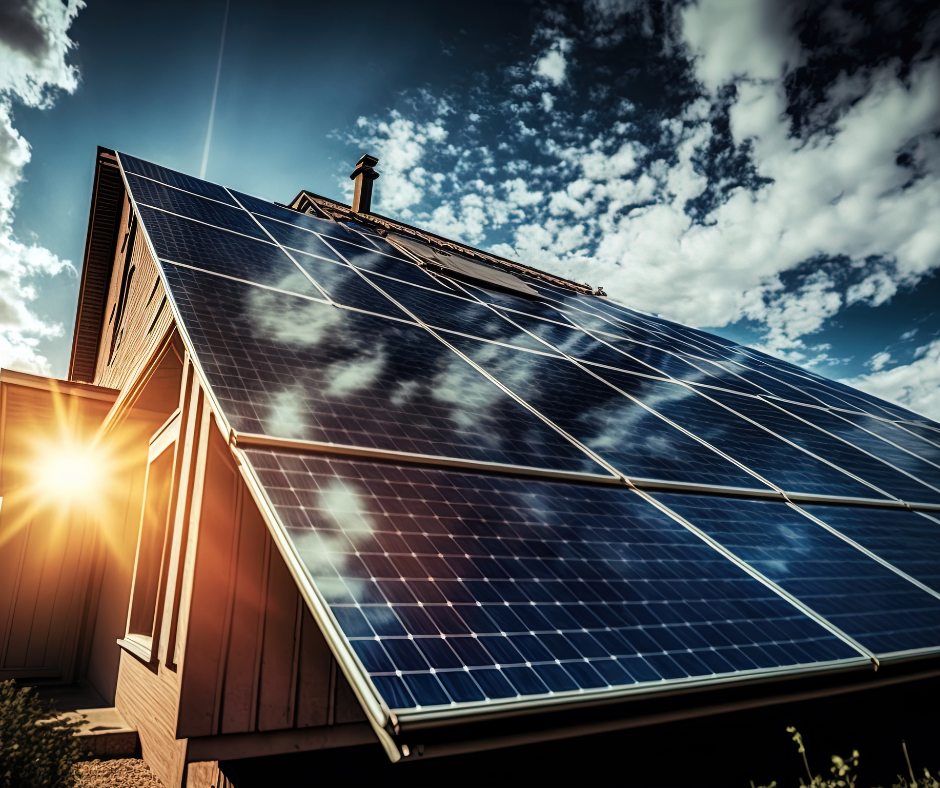
Choosing the right solar system size for your home or business can be a bit of a puzzle, but with some key considerations, you can find the
perfect fit. Here’s a friendly guide to help you navigate the process and pick the perfect solar system for your energy needs.
The size of your solar system is measured in kilowatts (kW), representing the total power-generating capacity of all the solar panels combined. For instance, a typical home setup might include 19 panels rated at 350 watts each, totalling 6.65 kW.
The amount of electricity you use is crucial in determining the right system size. Check your electricity bill for your 'average daily use' in kilowatt-hours (kWh). On average, Australian households use between 11 and 23 kWh per day. This can vary with the seasons, so look at your bills for both summer and winter to get a comprehensive view.
Your available roof space plays a significant role in deciding the system size. A typical solar panel is about 1.7 m² in area. A 6.6 kW system usually requires 29-32 m² of roof space. Use tools like the SunSPOT solar calculator to assess your roof space and potential shading impacts.
Higher electricity prices and generous feed-in tariffs can make a larger solar system more cost-effective. If your electricity retailer offers a high feed-in tariff for the excess power you export to the grid, a bigger system might be worthwhile.
Your region's climate affects how much electricity your system can generate. For example, a 6.6 kW system in Sydney might produce around 26 kWh on a sunny day, whereas the same system in Hobart might generate closer to 23 kWh due to less annual sunshine.
Think about your future energy needs. Planning to buy an electric vehicle, install a pool, or add an extension? These changes can significantly increase your electricity consumption, so it’s wise to factor them into your decision.
Often, the inverter is smaller than the total panel output. For example, a 6.6 kW system might use a 5 kW inverter because panels rarely operate at full capacity. This approach can provide better value and efficiency.
Check with your local distribution network service provider about any limits on the inverter size or how much electricity you can export to the grid. Some areas have dynamic export limits, which only restrict solar exports during times of high grid pressure.
To get an accurate system size estimate tailored to your needs, try the SunSPOT solar and battery calculator. Developed by the University of New South Wales and the Australian Photovoltaic Institute, SunSPOT offers independent, reliable estimates without promoting specific brands or sharing your details with third parties.
By considering these factors, electricity usage, roof space, pricing, climate, future needs, and network limitations, you can choose the right solar system size that balances your energy requirements and budget. For more detailed information, you can visit the Australian Government's guide on sizing your solar system.
Don’t forget to stay updated on the latest from iinergy. Follow us on Facebook and Instagram to get our latest posts. Also, stay tuned to the iinergy blog for our latest posts and articles just like this one by clicking here.